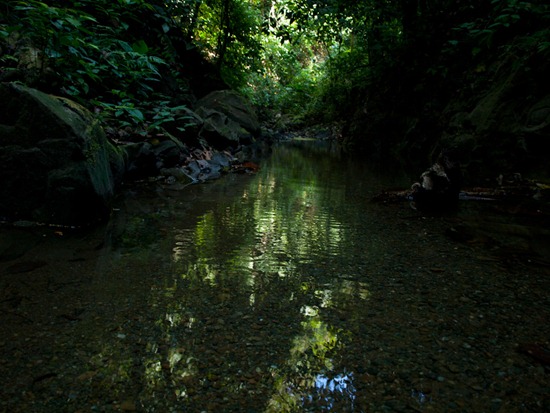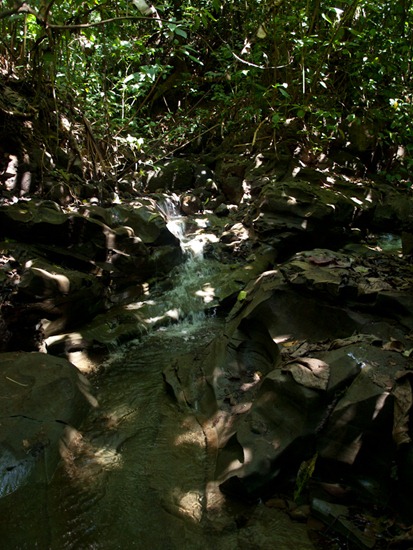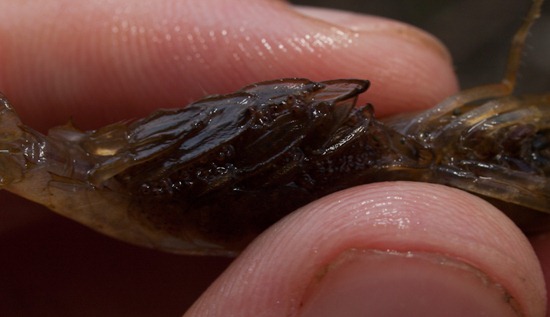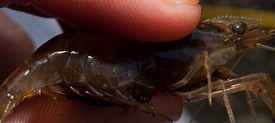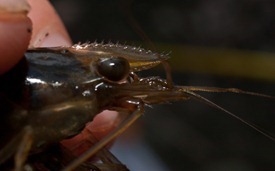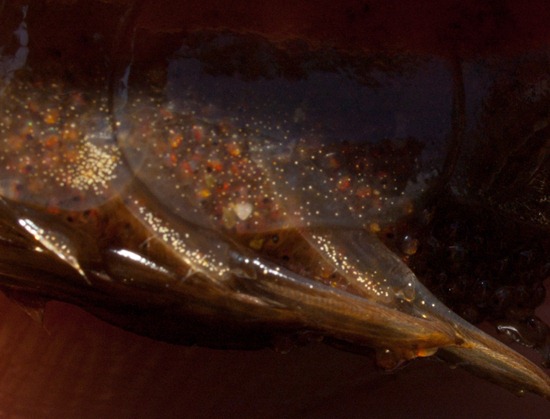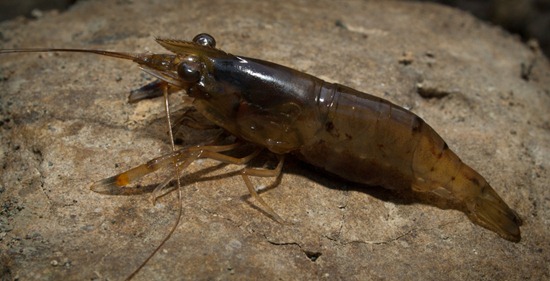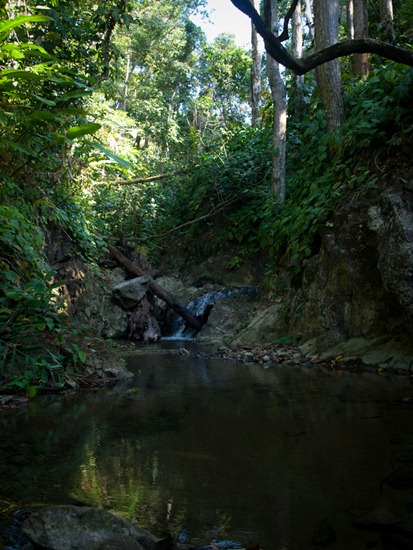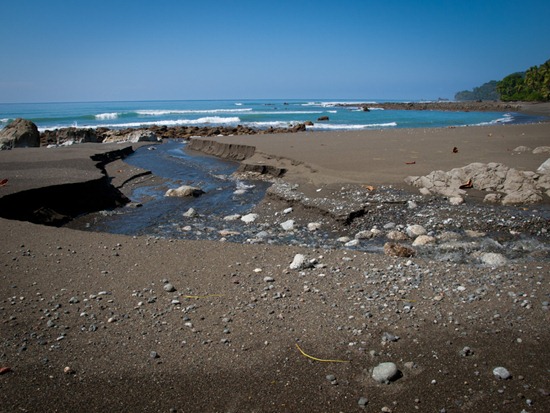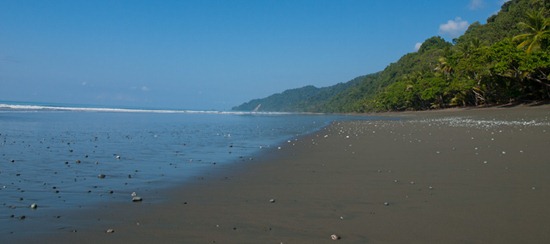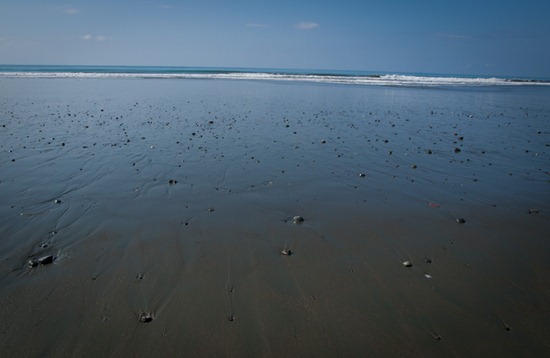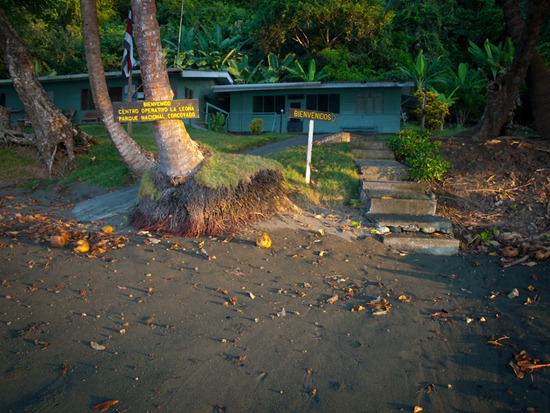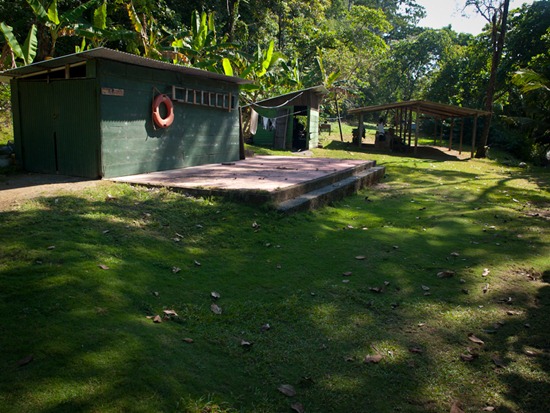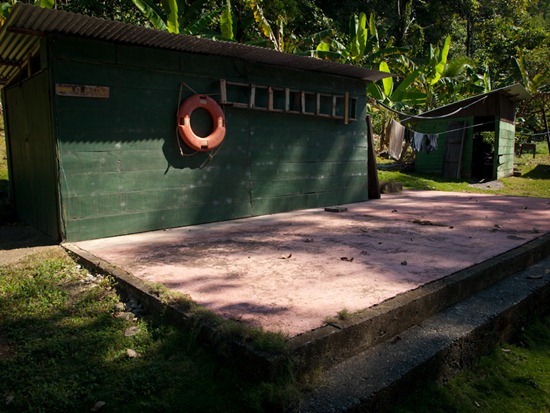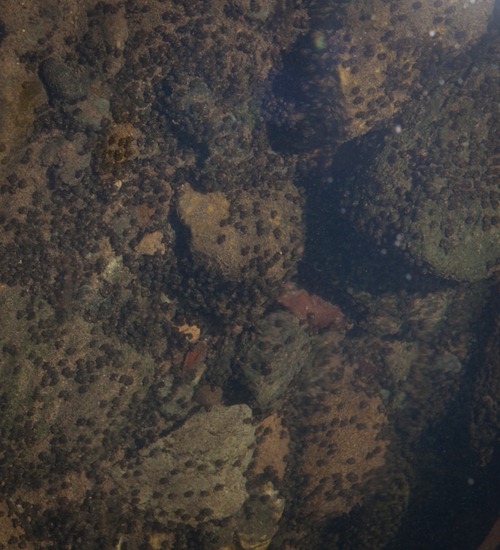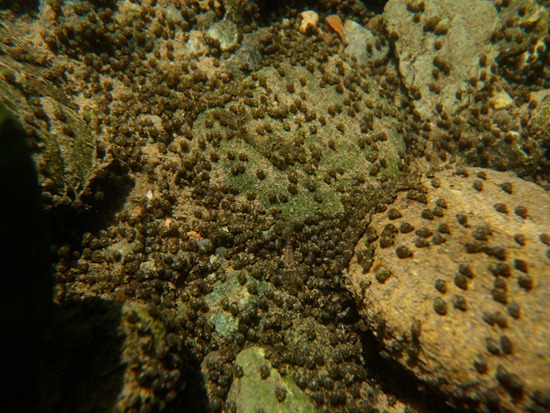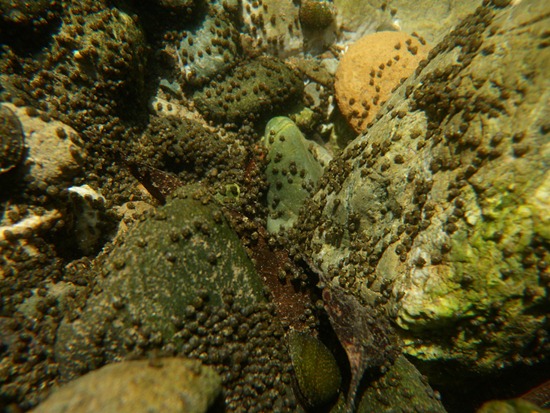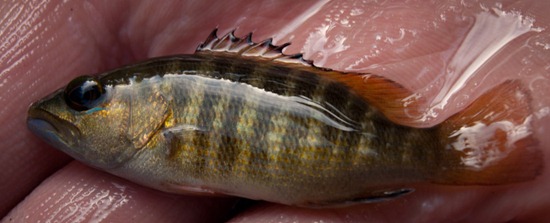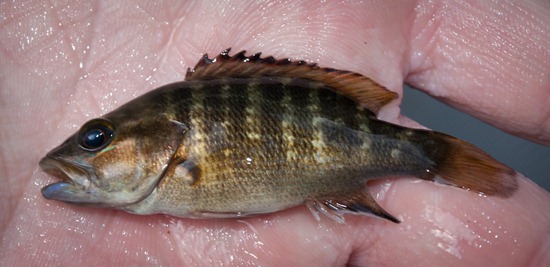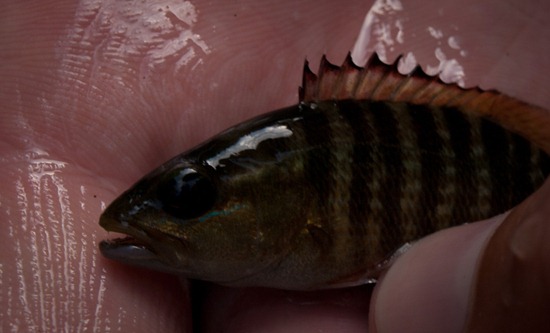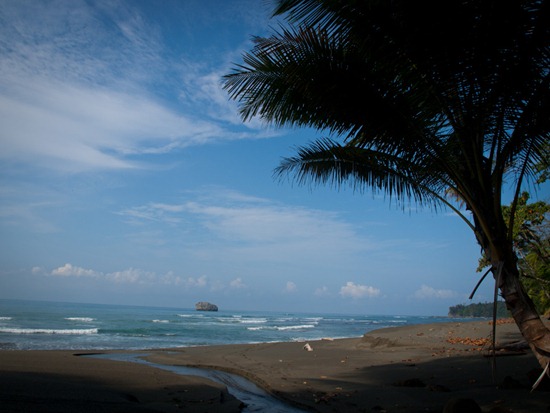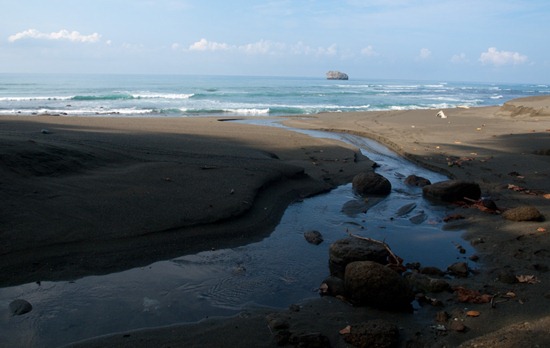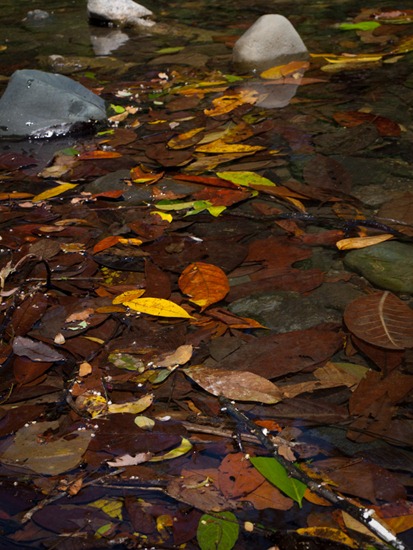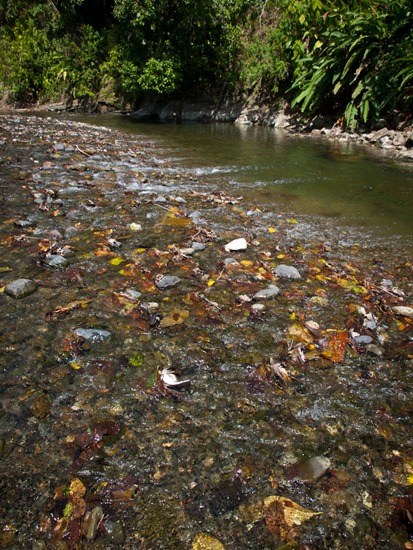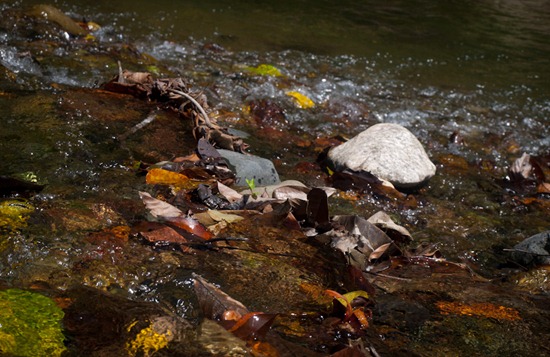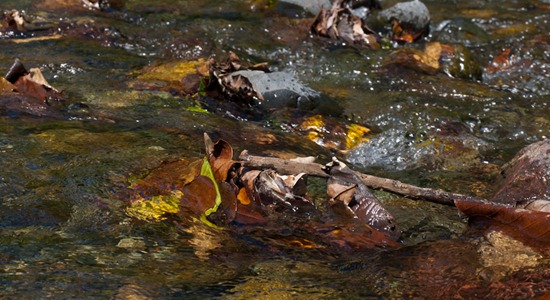The source of water and name-sake of La Leona Field station.
Tag Archives: Costa Rica
Berried shrimp
Rio White Hawk
Arrival at La Leona Beach
The brown slash at about the center of the above photograph is a gigantic land-slide, and was possibly the most difficult part of the hike from Sirena to La Leona. Large rocks from the slide were densely scattered from the edge of the slide into the ocean and repeated tides made the rocks slippery with biofilm. Clearly, the rocks provide 0 defense from the hot sun, and, in fact, radiated heat, making slippery rocks that much more difficult to maneuver.
Bienvenidos a La Leona
Incoming plane!
On the hike to the Sirena field station, Corcovado, Mike, Bryan and I emerged from the forest onto an open, grassy area, unaware of its purpose. Slugishly walking up the runway with our gear, we heard what sounded like a chain saw ahead. As it turned out, it was a plane about to land on the runway we were walking up, and, because of exhaustion, we narrowly reacted in time to move to the edge, out of the way. It was a frightening experience. Here is a sequence of a different landing – I of course didn’t have time to take my camera out the first time…
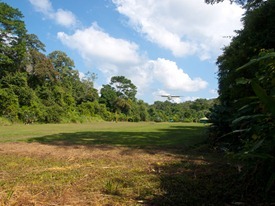 |
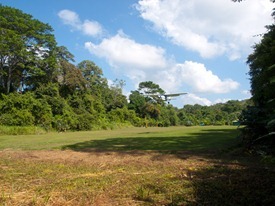 |
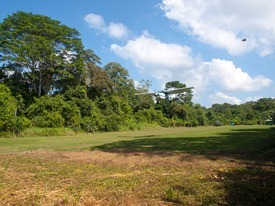 |
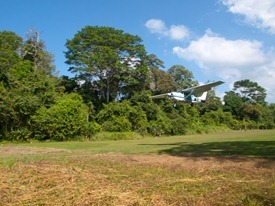 |
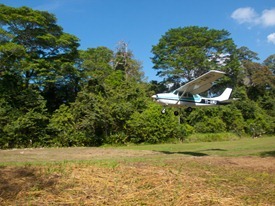 |
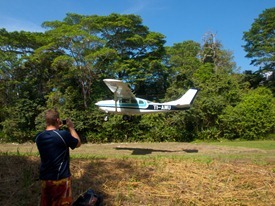 |
Juvenile Neritid snails in Rio Claro
Lutijanus novemfasciatus
The black snapper/Pacific cubera snapper I mentioned as a new Osa species is pictured below. These were caught in Rio Madrigal, near the La Leona field station in Corcovado National Park. Look at the little teeth (third picture), robust shape, stunning color, superficial resemblance to families such as Cichlidae and Centrachidae.
Sirena to La Leona
Leaf-input to tropical streams
Rio Claro receives a substantial amount of leaf-input from surround trees, particularly in the dry season. Organic matter processing and the importance of these inputs are little study in tropical streams, especially in comparison with temperate systems, where we know that excluding this vital energy source dramatically changes in-stream communities, which can then affect terrestrial, riparian ecosystems. Given the great abundance of invertebrates, like shrimp, that are likely shredders and biofilm-grazing snails, it’s likely that tropical streams operate similar to temperate streams… Anyway, here’s some leaf packs.
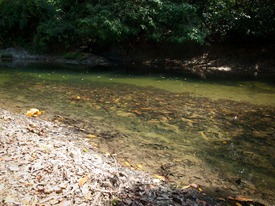 |
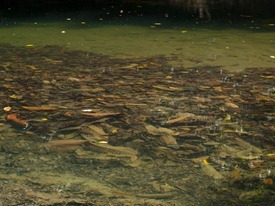 |

